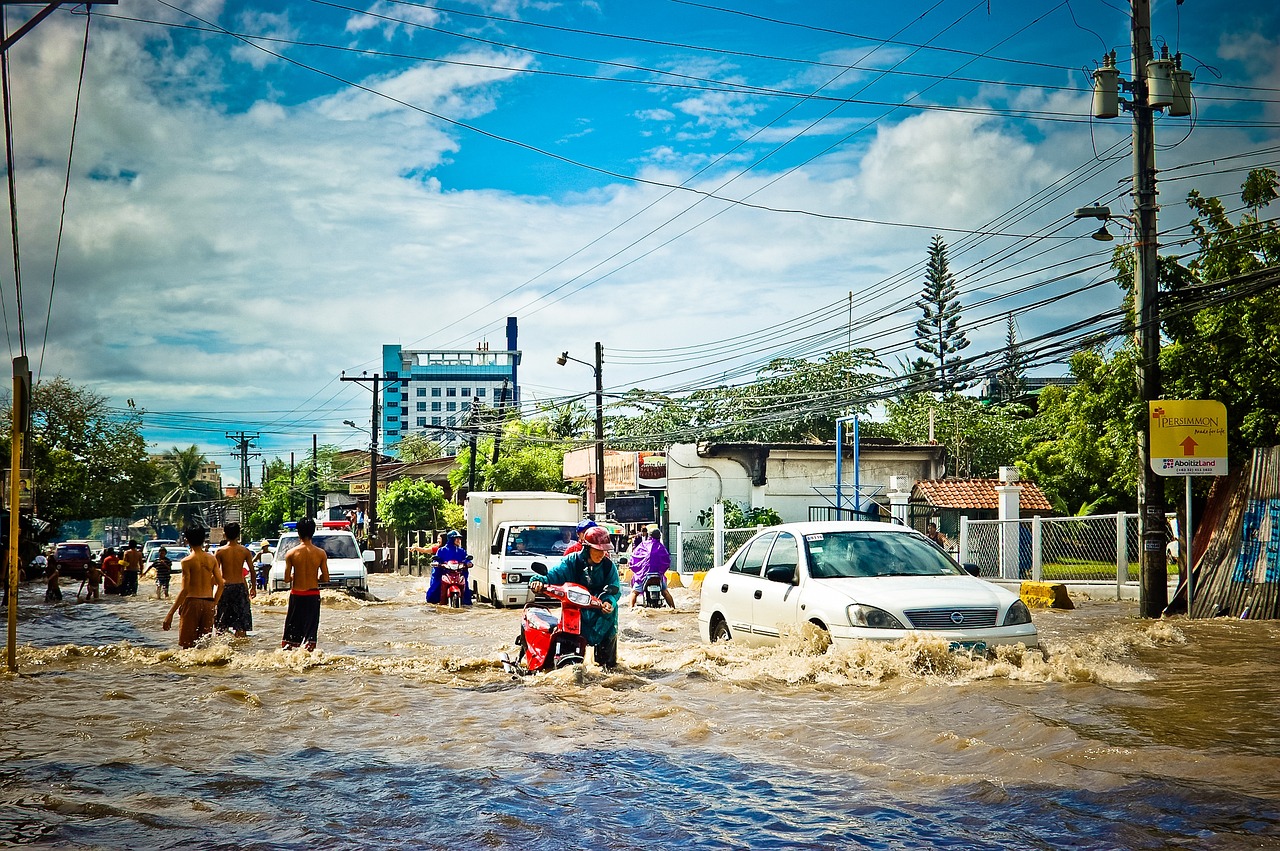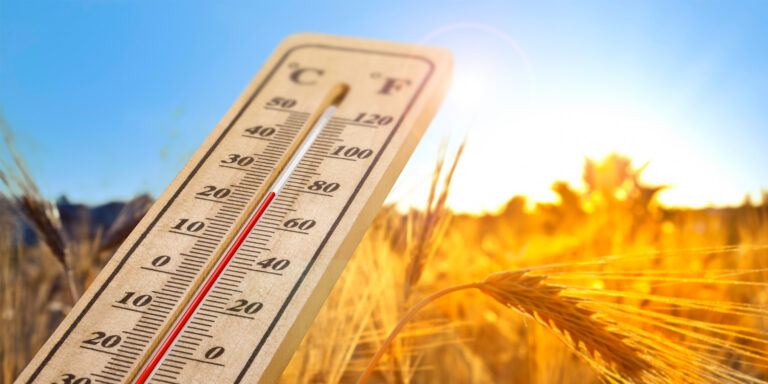India is highly vulnerable to floods. Floods are the most frequent type of natural disaster and occur when an overflow of water submerges land that is usually dry. Floods are often caused by heavy rainfall, rapid snowmelt or a storm surge from a tropical cyclone or tsunami in coastal areas. Floods can cause widespread devastation, resulting in loss of life and damages to personal property and critical public health infrastructure. Between 1998-2017, floods affected more than 2 billion people worldwide. People who live in floodplains or non-resistant buildings, or lack warning systems and awareness of flooding hazard, are most vulnerable to floods.
Causes of Floods:
- Heavy Rainfall: One of the most common causes of flooding is heavy rainfall. When a region receives an excessive amount of rain in a short period, the local water bodies, such as rivers and streams, may not be able to contain the water, leading to flooding.
- Snowmelt: In areas with cold climates, snow accumulation during the winter can melt rapidly in the spring or early summer, overwhelming rivers and causing snowmelt floods.
- Storm Surges: Coastal areas are prone to flooding during hurricanes and typhoons. The combination of high winds and low atmospheric pressure can push seawater ashore, causing storm surges that inundate coastal regions.
- Ice Jams: In colder regions, ice can accumulate in rivers during the winter, creating ice dams. When these dams break, they release a sudden surge of water downstream, potentially causing flooding.
- Dam or Levee Failures: Man-made structures like dams and levees can fail due to various reasons, including poor maintenance, design flaws, or extreme weather events. When these structures fail, they can release a large volume of water downstream, causing devastating floods.
- Urbanization: The expansion of urban areas can increase the risk of flooding. Paved surfaces and buildings reduce the natural absorption of rainwater, leading to more surface runoff, which can overwhelm drainage systems.
- Loss of Life: Floods can result in tragic loss of life, especially when they strike densely populated areas without adequate warning or evacuation plans.
- Property Damage: Flooding can cause extensive damage to homes, businesses, and infrastructure. This often leads to significant financial losses for individuals and governments.
- Displacement: Floods can force people to leave their homes and communities, leading to temporary or even permanent displacement.
- Environmental Impact: Floods can harm ecosystems by eroding soil, damaging habitats, and contaminating water bodies with pollutants. It can also disrupt wildlife and plant populations.
- Economic Consequences: Businesses may be forced to close temporarily or permanently due to flood damage, leading to economic hardship for both business owners and employees.
- Early Warning Systems: Timely and accurate flood warnings are critical for public safety. Governments and organizations invest in monitoring systems that can provide advance notice of potential flood events.
- Infrastructure Improvements: Building and maintaining resilient infrastructure, such as dams, levees, and flood barriers, can reduce the impact of floods.
- Land Use Planning: Sensible land use planning can help prevent construction in flood-prone areas and promote sustainable urban development.
- Flood Insurance: Encouraging individuals and businesses to purchase flood insurance can help mitigate the financial impact of flood damage.
- Community Education: Educating communities about flood risks and how to prepare for and respond to floods is crucial for reducing their impact.
- Environmental Restoration: Restoring and preserving natural buffers like wetlands and forests can help absorb excess water and reduce the severity of floods.




